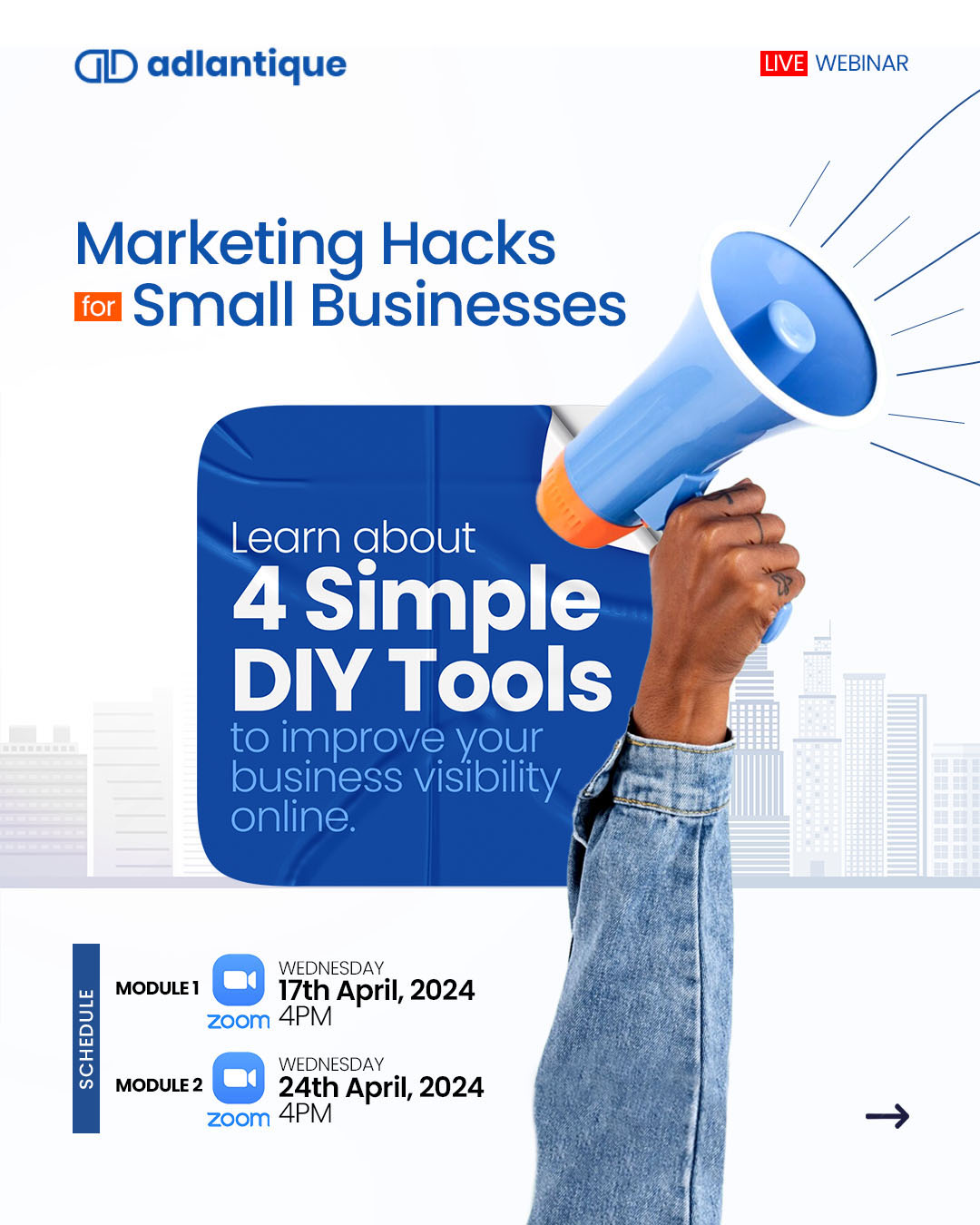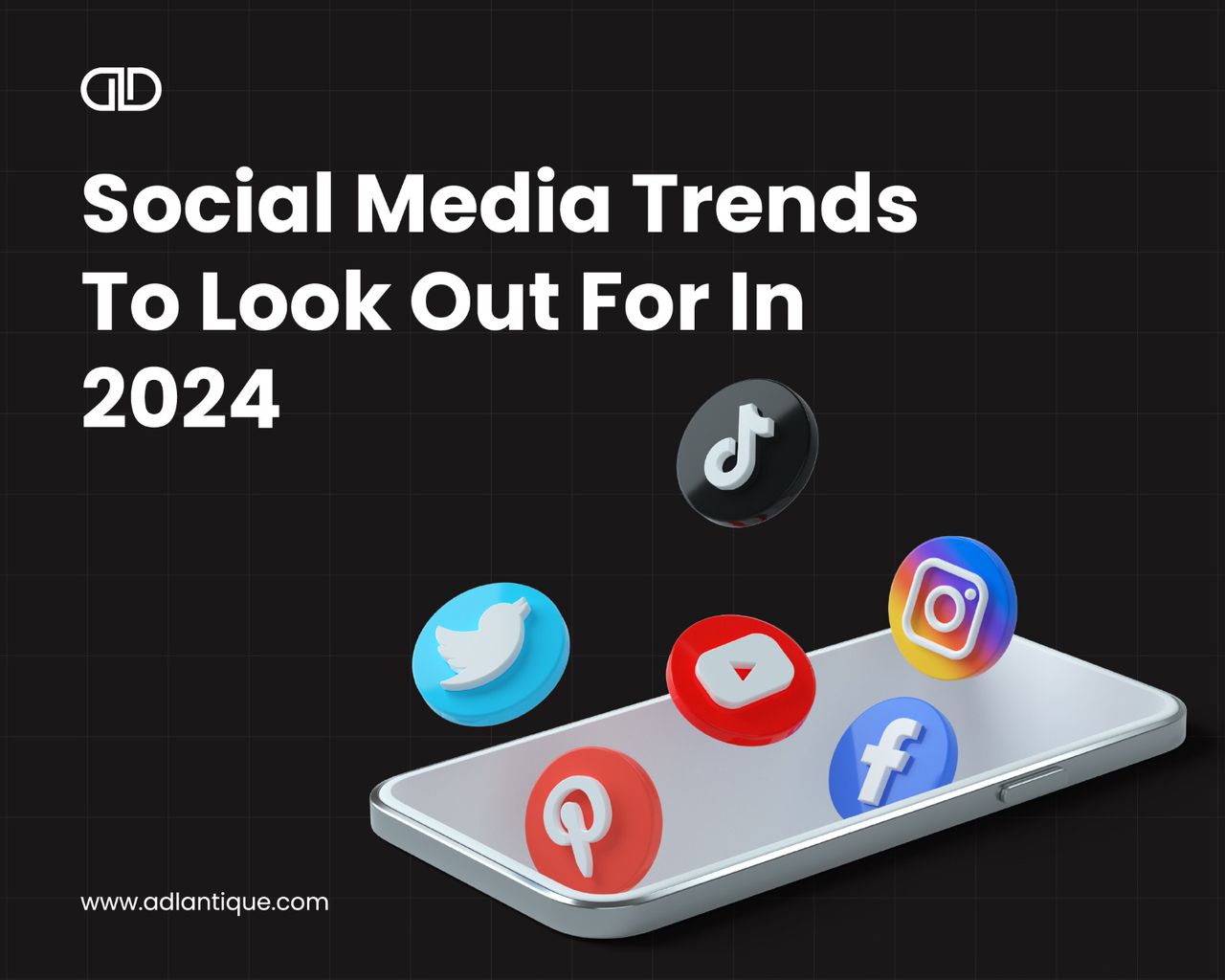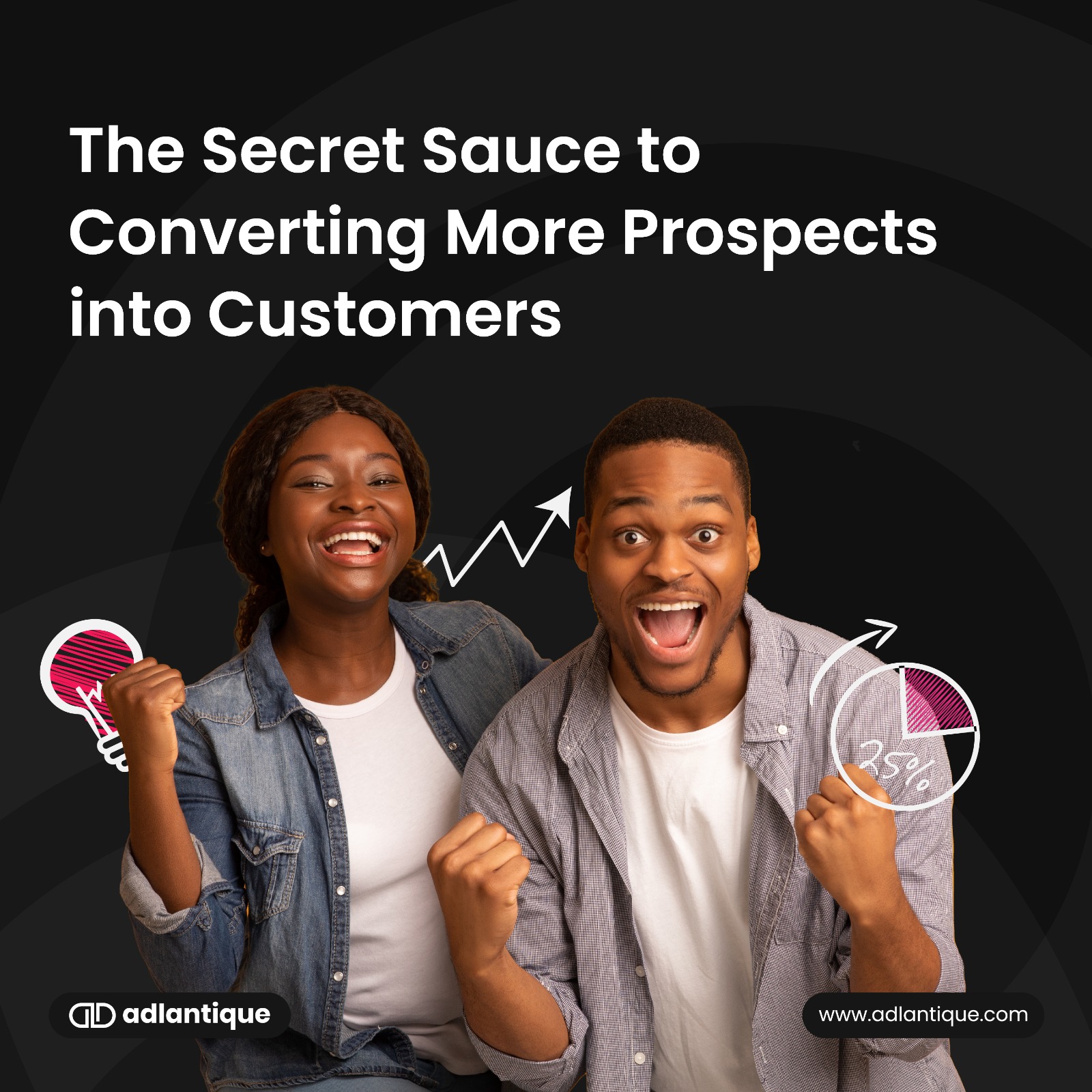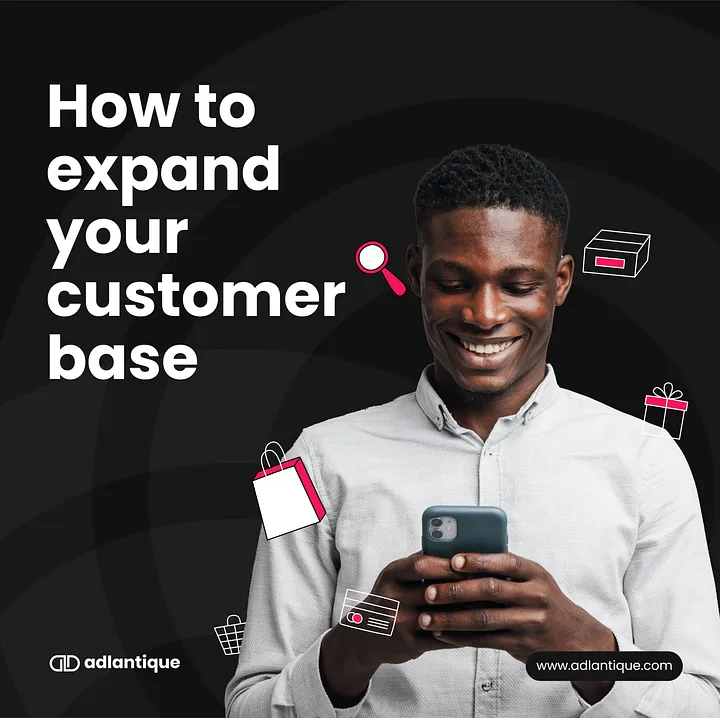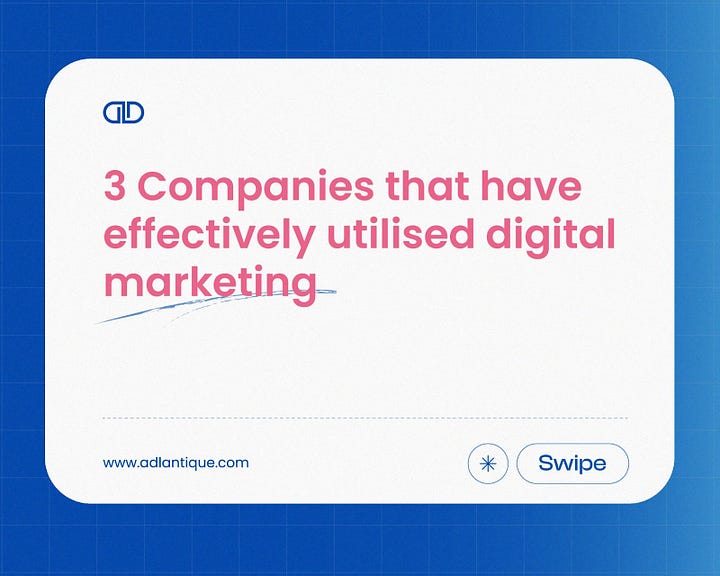Webinar: Marketing Hacks For Small Businesses
Simple DIY tools to improve your business visibility online
Module 1: Watch here
Hack 1: How to link your Facebook and Instagram for effective Ads.
Hack 2: Understanding and making business decisions from your social media insights.
Module 2: Watch here
Hack 3: How to create simple content for your business on Canva.
Hack 4: How to use AI tools to create captions.
Watch Module 1 here:
Watch Module 2 here:
Social Media Trends To Look Out For In 2024
If there’s one thing we can always bank on, it’s the ever-shifting landscape of social media. Trends swoop in and out like fashion statements. Last year was about breaking the rules and trying new things.
Fasten your seatbelts because, in 2024, we’re not just talking trends; we’re predicting an even bigger shift toward originality and transparency. Intrigued? Of course, you are! Keep reading for the top social media trends to inspire your social media strategy in 2024
Here are 7 social media trends we expect to make waves in 2024.
1: Long-form Content Returns
Bid farewell to fleeting moments! In 2024, the rulebook for short-form content is out. Creativity takes the spotlight as creators and brands embrace longer, original videos. Say goodbye to 15 or 30-second limits – YouTube leads, TikTok and Instagram follow suit. An example of someone who has mastered content in this space is Gilmooree on Instagram and Tiktok. Get ready for content that’s not just seen but experienced!
2: Influencers Use Product Placement
Picture this: your favorite influencer nonchalantly applies lip gloss while regaling stories unrelated to the glossy affair. The comment section erupts with inquiries about the mysterious lip gloss brand. Enter the realm of product placement, a subtle yet potent strategy to captivate audiences. While not a novel concept, it remains a crafty method to leave viewers intrigued rather than fatigued. Influencers like Clara Peirce exemplify this finesse, seamlessly integrating product placements into their content, and turning mundane moments into brand epics.
3: Nostalgia Core
Enter the era of Nostalgia Core! Following the tidal wave of various “cores” in 2023, the resurgence of Gen Z’s love for 90s and Y2K fashion propels nostalgia into the limelight in 2024. Brands are poised to capitalize on this trend, crafting throwback content and leveraging “vintage” promotions for new product launches. Influencers like @LagosVintageVibes, like treasure hunters of memories, unearth gems from Nigeria’s nostalgic vault, sharing glimpses of a bygone era with reverence and joy. From vintage fashion to retro landmarks, their feed is a celebration of nostalgia’s timeless allure, inviting viewers to reminisce and revel in the beauty of nostalgia.
4: Keyword Search & SEO Take Center Stage
Move over Google; TikTok and Instagram are the new search engines of choice for nearly half of Gen Z. The shift towards a more exploratory search experience demands a strategic approach to content optimization through keywords. As users crave curated takes and personal experiences, building a list of targeted keywords becomes paramount in ensuring content discovery.
Pro tip: Regularly create social content centered around your chosen keywords for optimal visibility in 2024.
5: Storytelling Is Less Linear
Get ready for a storytelling revolution! The trend of presenting stories mid-way through, rather than at the beginning, emerges as the ultimate hook in 2024. TikTok’s Trend Report highlights the unraveling of stories in unprecedented ways—endings before beginnings, multiple story arcs coexisting, and communities fabricating fictional celebrities and narratives. This non-linear approach invites audiences to dive deeper, stoking the flames of curiosity and creating a sense of FOMO that keeps viewers hooked. A perfect example of a social media creator that implements this style is Taaooma.
6: Gated Content
A paradigm shift is underway with the ascent of gated content. Fueled by the exhaustion of constantly surfacing “suggested content,” creators and brands seek deeper connections with their most loyal followers. The quest to “own” content beyond the whims of ever-changing social media platforms takes center stage. Whether utilizing Instagram subscriptions or embracing platforms like Substack, this strategy holds the promise of injecting excitement into content and newsletters. Only time and open rates will unveil the true potential of this tantalizing shift.
In conclusion, the social media landscape of 2024 is poised to be defined by innovation, authenticity, and user engagement. By embracing these emerging trends and adapting strategies accordingly, individuals and brands can navigate the evolving digital sphere with agility and relevance.
Get in touch with our team of specialists for Social Media Management and a range of other Marketing Services.
Cracking the Code: The Secret Sauce to Converting More Prospects into Customers
We understand that many of you may be wondering why some of your potential customers haven’t made a purchase. It’s a common challenge in the world of sales and marketing, and there are various reasons that can contribute to this. Here are eight possible reasons your leads are not making a purchase:
- Lack of Trust: Building trust with your audience is crucial. If your leads don’t trust your brand or product, they’re unlikely to buy from you.
- Lack of Need: Sometimes, potential customers simply don’t see the value or necessity in your offering.
- Lack of Budget: Economic constraints can be a significant barrier to making a purchase.
- Lack of Urgency: Without a sense of urgency, prospects may delay their buying decision indefinitely.
- Too Many Options: Overwhelming customers with choices can lead to decision paralysis.
- Not the Decision-Maker: Your lead may not have the authority to make a purchase, leading to delays.
- Poor Timing: Sometimes, it’s all about the right timing. Leads may not be ready to buy at this moment.
- Inadequate Information: If your leads lack essential information about your product or service, it can hinder their decision-making.
Wondering how to tackle these issues effectively? See the video from our previous webinar that provides solutions for each of these challenges.
Watch here:
Expand Your Customer Base
In the thrilling game of business, growth isn’t just a goal; it’s the adrenaline that keeps us in the race. Picture this: you’re a business owner navigating the ever-changing landscape, and expanding your customer base is your golden ticket to success. If you’ve ever wondered how to attract more loyal customers and open up new avenues for revenue, look no further. We’re about to dive into a world of real-life success stories — case studies that will not only spark your curiosity but also unveil strategies that can turn your business into a customer magnet. Get ready for a journey through the art of customer base expansion, where small steps lead to big rewards!
1. Know Your Audience: Netflix
Netflix revolutionized the entertainment industry by analyzing user data to understand their preferences. By recommending tailored content to individual users, they kept subscribers engaged and expanded their customer base worldwide.
2. Go Digital: Amazon
Amazon’s relentless focus on e-commerce and a user-friendly website transformed them into a global retail giant. Their seamless online shopping experience and digital marketing strategies have attracted millions of customers.
3. Word-of-Mouth Magic: Dropbox
Dropbox’s referral program rewards users with extra storage space for referring friends. This simple incentive turned satisfied customers into enthusiastic brand advocates, helping Dropbox grow from 100,000 to over 4 million users in just 15 months.
4. Elevate Customer Service: Zappos
Zappos is renowned for its exceptional customer service. Their customer-centric approach has led to not only repeat business but also glowing word-of-mouth recommendations, contributing to their growth as an e-commerce powerhouse.
5. Content is King: HubSpot
HubSpot’s content marketing strategy, including blogging, e-books, and webinars, established them as a thought leader in inbound marketing. Their content-driven approach attracted millions of visitors and helped convert them into customers.
6. Partner Up: Airbnb
Airbnb’s partnership with local businesses and travel influencers expanded their reach significantly. Collaborations and joint promotions with travel-related brands helped Airbnb gain trust and credibility among potential customers.
7. Analyze and Adapt: Spotify
Spotify continually analyzes user data to improve its recommendation algorithms and enhance the user experience. This commitment to data-driven adaptation has kept Spotify at the forefront of the music streaming industry.
These case studies demonstrate that these strategies are not just theoretical concepts; they have been proven to work in the real world. By applying them strategically, you can take small but impactful steps toward expanding your customer base and achieving remarkable rewards.
For more content like this, follow us on all social media platforms @adlantique
Is your social media content attracting your target audience?
Think of your social media posts as magnets, each one with the potential to attract and retain. But are you using the right components to captivate your intended audience?
In today’s digital age, social media has become an indispensable tool for businesses of all sizes. Yet, the critical question remains: Is your social media content effectively reaching and engaging the right audience? Let’s delve into some case studies and research-backed strategies that will help you harness the full potential of your social media presence.
1. Know Thy Audience:
As of January 2023, there were 31.6 million active social media users in Nigeria, which is approximately 15.8% of the country’s population. Your target audience is likely on these platforms. Conduct audience research to understand their demographics, preferences, and behaviors. Airbnb, for instance, conducted thorough research to tailor its content for different audience segments, resulting in a 60% increase in user engagement.
2. Authenticity is Key:
According to Edelman’s Trust Barometer, 61% of consumers place higher trust in brands that engage with customers authentically. Starbucks, for instance, effectively uses user-generated content to showcase authentic experiences with their products. This approach fosters trust and emotional connections.
3. Content Variety:
HubSpot diversified its content by incorporating videos into their social media strategy. The result? An impressive 48% increase in user engagement. Mix up text-based posts, images, videos, and infographics to cater to different content consumption preferences.
4. Consistency Matters:
A study by Sprout Social found that 46% of consumers will unfollow brands due to inconsistent posting. Develop a content calendar to ensure regular posting, which builds trust and keeps your brand top-of-mind.
5. Engage and Listen:
Wendy’s humorous engagement with customers on Twitter increased their engagement rates by 29%. Be responsive, and actively engage with your audience, as their feedback can shape your content and product improvements.
6. Data-Driven Insights:
Buffer’s State of Social report shows that 73.6% of marketers use analytics tools to track social media performance. Utilize these insights to refine your strategies and focus on content that generates the most engagement.
7. Collaborate and Network:
Nike’s collaboration with Serena Williams for the “Dream Crazier” campaign garnered widespread attention. Networking and collaborations with influencers can expose your content to new, relevant audiences.
8. Paid Promotion:
The CMO Survey reported that social media ad spending increased by 89% in the last five years. Consider targeted advertising on social platforms to reach a broader, yet highly targeted, audience.
9. Continuous Learning:
Netflix adapts its social media strategies by staying updated with the latest trends. They utilize meme culture and current events, maintaining relevance among younger audiences.
10. Adapt and Evolve:
The Sprout Social Index revealed that 68% of consumers believe it’s important for brands to take a stand on social and political issues. Be willing to adapt and evolve your strategies as the social media landscape changes.
In conclusion, the success of your social media content hinges on attracting the right audience. By understanding your audience, delivering authentic content, maintaining consistency, and actively engaging, you’ll not only attract the right audience but also foster strong and lasting relationships. With a data-driven approach, collaboration, and an openness to adapt, you can make social media work for your business, just as these case studies and research insights demonstrate.
6 Reasons Why Your Business Needs an Advertising Agency
The world of online business in Nigeria! It’s like a bustling market where websites and apps are like dancers, always changing to the rhythm of a fast-paced song. Meanwhile, businesses are in an epic battle to catch people’s attention — it’s like a thrilling roller coaster ride that can leave even the most experienced business folks feeling a little dizzy.
But here’s the good news: we’re here to show you how marketing and advertising agencies can be your guiding stars through this adventure. Join us on this journey to discover why your business might just need their expertise, especially when it comes to adapting to changes and staying one step ahead of the competition. Working with these agencies can reveal hidden treasures for your business — and you’re guaranteed an incredibly fascinating expedition!
1. Your business needs a hype man:
In Nigeria, many of us have experienced the energy and excitement a good hype man can bring to a party or event. They grab the crowd’s attention, build anticipation, and keep the vibe alive. Well, think of a marketing agency as the hype man for your business and product.
Here’s how it works: Every good hype man knows how to make a ‘big entrance’, and your marketing agency will help you with your attention grabbing strategy. The agency will create the necessary hype and buzz around your business and product and make people eager to try it while also keeping the excitement going long-term even after the launch.
2. There are over 200 shades of blue:
In the colorful world of branding, building the right identity is like picking the perfect outfit for that big event. It’s all about choosing the right colors, logos, and designs that make your brand stand out in the crowd. This identity is like your brand’s signature style; it tells people who you are and what you’re all about. So, your marketing agency is critical in building your brand. Remember, getting the colors and logo right is like wearing the coolest outfit; it makes you unforgettable and trendy in the market!
3. You are not your mirror:
Hiring an agency can really spice up your business, especially when they know the ins and outs of your industry. They bring a fresh vibe and a truckload of experience to the table. It’s like adding a dash of seasoning to a delicious pot of soup. They’ve seen the ropes and they know what works in your neck of the woods.
These agency gurus, they don’t just guess. They’ve taken the time to understand your business and the streets you walk on in your sector. They’ve got their finger on the pulse and are always on top of current industry trends. They’ll shake things up, offering new ideas and strategies that you might not have thought of on your own.
So, if you’re looking for a bit of zing in your business, consider bringing in an agency. They’re like that friend who knows all the best spots in town — they can help your business stand out in a crowded marketplace and keep the customers coming back for more.
4. Algorithms Change:
Marketing platforms are like that new dance trend that keeps changing every month.
So, here’s the deal: Businesses have their own groove — making great products and giving customers an awesome experience. But keeping up with the ever-changing world of marketing, like the latest dance craze, can be a handful. That’s where marketing agencies come in. They’re like your dance instructors, always staying up-to-date with the newest moves in the marketing world.
So, while you focus on perfecting your products and wowing your customers, let the marketing pros handle the dance floor of advertising, social media, and all that tech stuff. They’ll make sure your business stays in the spotlight, and you won’t have to worry about missing a beat.
5. Your marketing personnel is not a superhero:
Trying to be a graphic designer, copywriter, digital marketer, social media manager, brand manager, and strategist all by yourself can be overwhelming and might not yield the best results. It’s often more cost-effective to hire a specialized agency or professionals who have the skills and experience to do the job well, saving you time and ensuring quality work. So, consider working with a readymade team for your business or brand instead of going it alone.
6. Marketing budgets are limited and ROI is kind of a big deal:
Most businesses often have tight budgets, and investors and bosses want to see that every naira spent on marketing delivers a good return. This is where marketing agencies come in. They can juggle different advertising channels and give you top-notch insights and data. So, you get more bang for your buck and know exactly how well your money’s working for you.
Conclusion
In this busy market, even the best product needs a boost. Count on us at Adlantique to be your marketing partner. We’ve got you covered from startup to unicorn status.
Ready to take the next step?
Book a free consultation with us www.adlantique.com and let’s give your business a voice!
3 Companies that have effectively utilised digital marketing
- Mint
Industry: Finance
Tactics used: Partnerships with relevant blogs & SEO
Company Story:
Mint is a finance management and budgeting software. According to Aaron Patzer, CEO of Mint, in the early days, their marketing plan was “whatever we can do, basically for cheap, or for free.”
The story begins in 2007, when Aaron Patzer developed a free personal money management software. This innovative tool won the $50,000 prize at TechCrunch40. Patzer’s inspiration stemmed from his own need to manage finances for a startup. Before embarking on the coding process, he surveyed potential users to gauge interest. He adopted the philosophy of validating an idea before creating a product, prioritizing feedback over blind development. Fast forward two years to November 2009, Mint was acquired by Intuit for an impressive $170 million, an accomplishment made even more remarkable considering Mint’s nearly 1.7 million users at the time.
Are you familiar with the concept of content marketing? It involves building a community by offering valuable content, which entices users to explore your product. This strategy proved successful for Mint as well. If you visit Mint’s official website and check out their blog section, “Mintlife,” you’ll discover a wealth of practical advice on managing your finances and maximizing savings. These posts are shared without an overt agenda to promote the Mint app. The key lessons here are consistent posting and delivering engaging articles that enhance people’s lives. This straightforward yet potent approach ultimately yields results in the form of increased downloads and sign-ups.
Eventually, they expanded their SEO efforts to include relationship building, as well. They co-branded content with partners, and even sent them badges to feature on their sites. The badges simply said “I want Mint.” Thanks to this idea, Mint got free advertising and a new influx of inbound links.
Bonus Tip: Solve people’s problems.
Despite the fact that Mint wasn’t the first or the only financial service in the market, it was still a successful business from the start. That happened because it was created as an intuitive tool for people to deal with their financial tasks. Its simplicity attracted users and every element from the rapid way to create an account to the helpful procedure of categorizing every spending contributed to the fast growth of this app. You can take a look at what others do and if you make that better, then you have a valuable product.
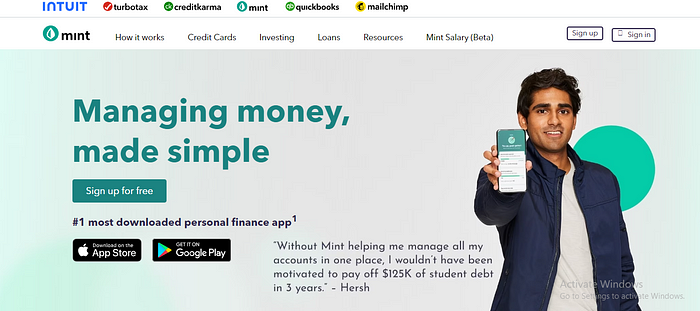
2. Halo Top Creamery
Industry: Desserts, food
Tactic used: Advanced Instagram visual marketing
Company Story:
Halo Top Creamery is an ice cream company that is absolutely acing it on Instagram. Why? Even when they’re not posting about their products, you can still easily identify the brand in your feed, thanks to their color consistency and unique designs.
Their 589,000 followers agree.
The pastel purples and pinks go well with any dessert and the consistent usage nurtures brand recognition.
Takeaways
- Establish 3–4 main colors for your brand and stick to them throughout your content marketing channels (your Instagram, website, ads, and even videos)
- Use your colors even when you’re not posting a product-related image
- Use unique design techniques
- Create a monochromatic strategy to make your Instagram pop
- Beyond your brand, use color psychology in other areas of your marketing too.
3. Airbnb
Industry: Hospitality
Tactic used: Content hubs
Company Story: Airbnb wasn’t always the billion-dollar business that it is today. The startup’s humble beginnings date back to 2008. The founders started out by personally going door-to-door to try and convince people to list their homes on the platform.
Eventually, they turned to content marketing. While they run different campaigns and projects, the Airbnb Neighborhoods project, which they started in 2012, remains their flagship marketing tactic.
The idea behind it is that guests can make better decisions about where they want to stay by getting to know a neighborhood before their arrival. The Neighborhoods projects are nothing more than simple landing pages that feature things to do in the area through a multitude of resources:
- Photos
- Videos
- Comments and reviews
- Maps
- Categories of activities
- Places to stay
Why was it wildly successful?
According to a recent study, the new generation today yearns for experiences and human connections. Airbnb focuses on creating content that celebrates cultures and traditions unique to the destinations they serve. All of that, without being overly in-your-face salesy and adding the voice of their audience for authenticity (think: comments and tips on the landing pages).
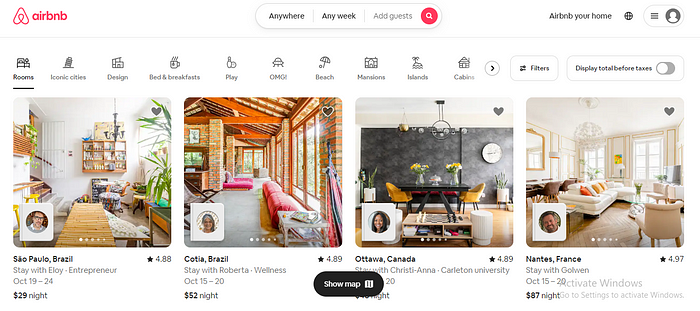
Takeaways:
- Think beyond featuring your own products or services in every content you produce — think about how you can be genuinely helpful to potential buyers
- When creating a content hub, make sure to be specific about all the details — you don’t want your visitors to wander over to other publications in search for more info
- Don’t leave out the voice of your audience — add their comments or quotes to your content hubs to generate an authentic feel
Do you want to penetrate a competitive market using digital marketing? Visit www.adlantique.com to book a free consultation.
